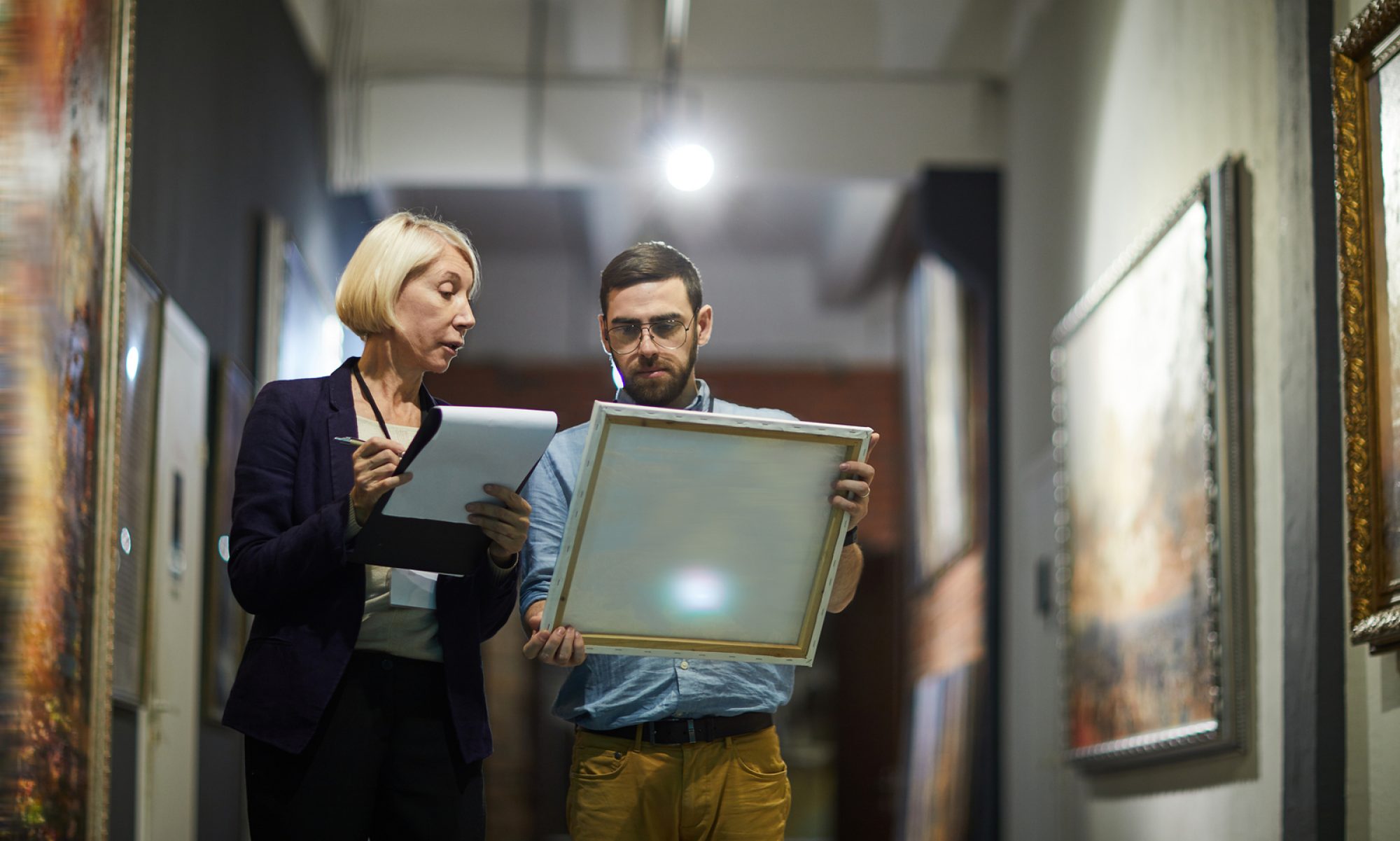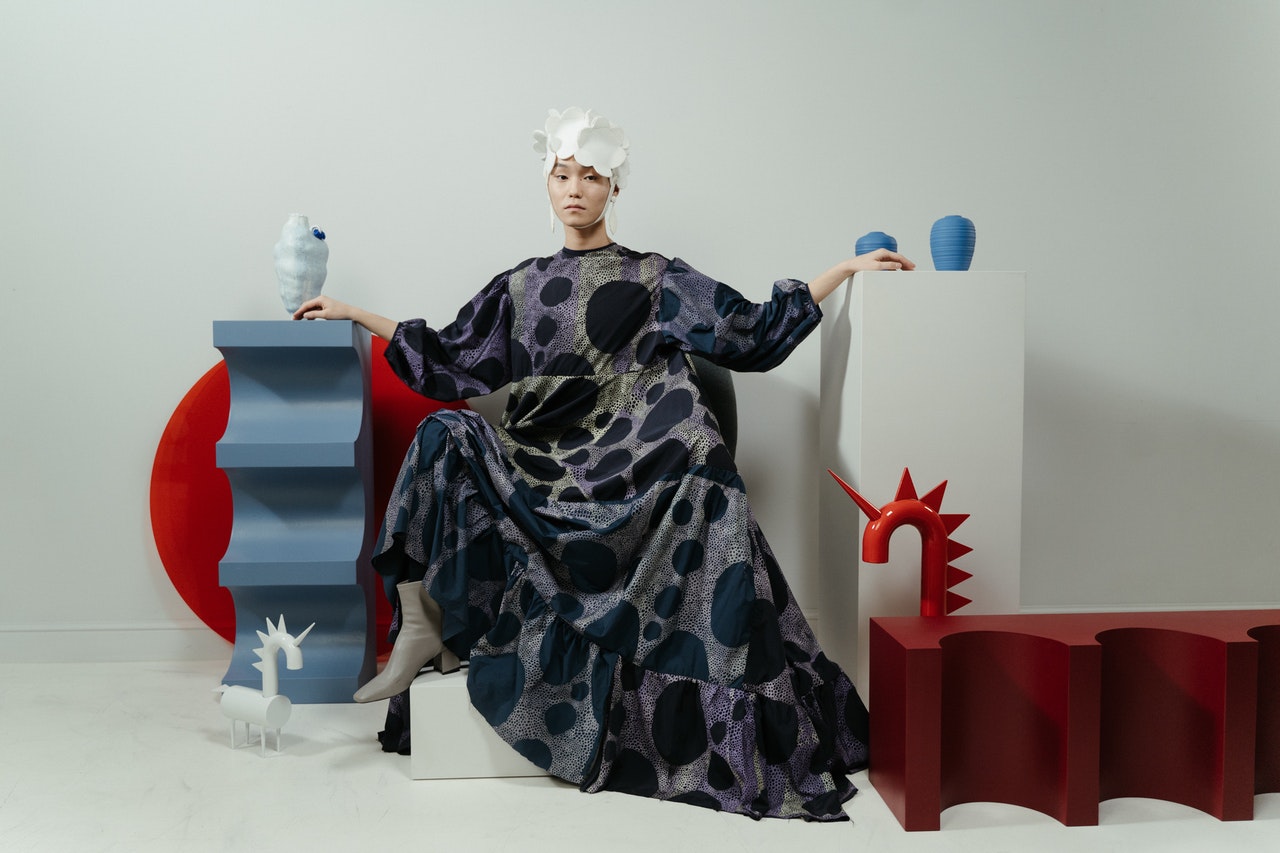The popularity of the NFT market is growing by leaps and bounds. More and more new collectors are starting to pay attention to non-fungible tokens and crypto art. Some people think that this is a highly risky investment that first needs to withstand the test of time. Others, though, are following more aggressive strategies and investing a lot of money into NFT art. Who is right in this case, and is it possible to capitalize on virtual art? At the end of the day, how to collect it?
How to collect NFT art: most important factors to consider
Before you plunge into the NFT marketplace, you should get acquainted with the concept of cryptocurrency and blockchain technology. An NFT, or non-fungible token, is a digital asset, mainly a certificate, stored on a blockchain. It pays to know that NFTs are unique and not replaceable, meaning that your ownership rights cannot be stolen or copied. All blockchain transactions are transparent, so there is no ambiguity between a seller and purchaser.
After minting (creating) an NFT artwork, artists post it on third-party platforms such as OpenSea, Axie Marketplace, Rarible, and others. A potential NFT art collector will need a digital wallet to receive, access, and send a digital piece in the future. Not all digital wallets support NFTs. That is why you need to check whether yours will permit you to store NFTs. When you have a wallet with crypto money on it, you can start collecting crypto art right away. It’s up to you what platform to choose and whose art to buy.
Another question is the profitability of NFT art. If you have doubts, you will want to consult with an art investment advisor. You also must understand that you have no guarantees that your newly purchased digital painting will have any value in the days to come. The chances are that you will be left with nothing but an ordinary image, GIF file, or video–so are the rules.

